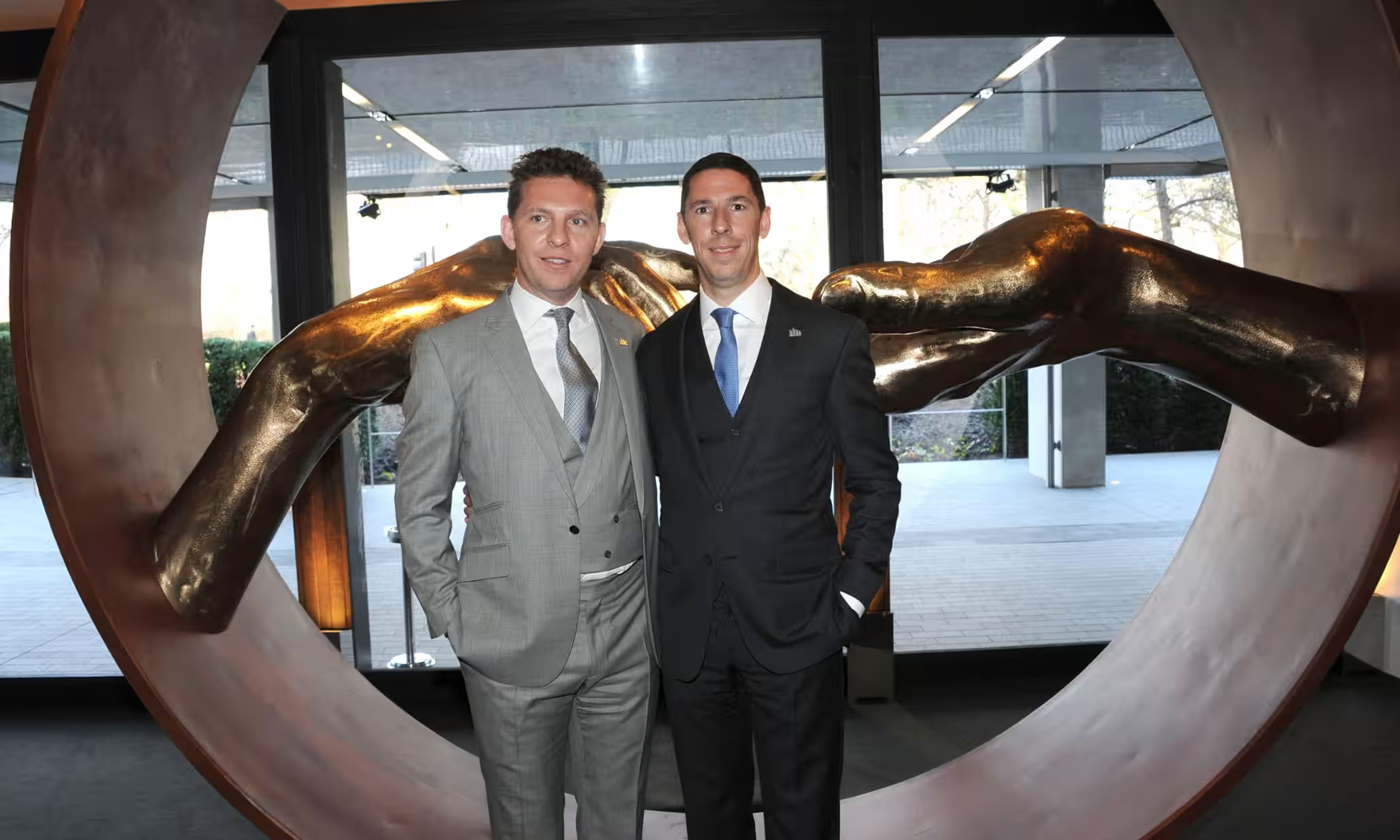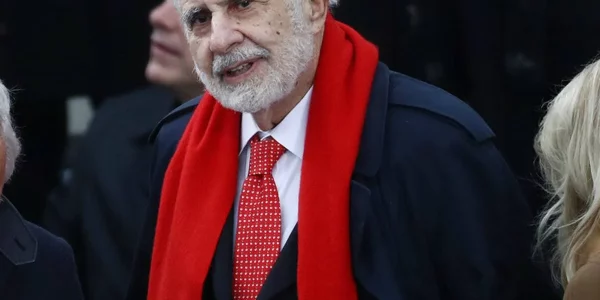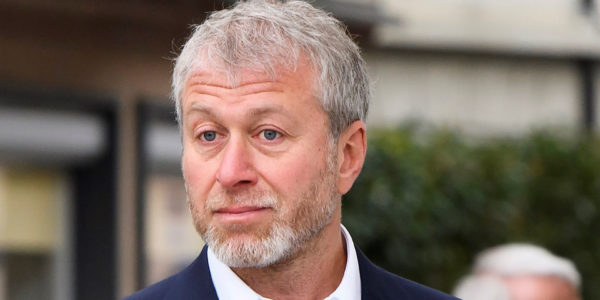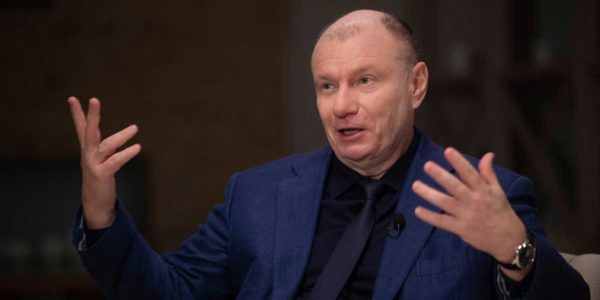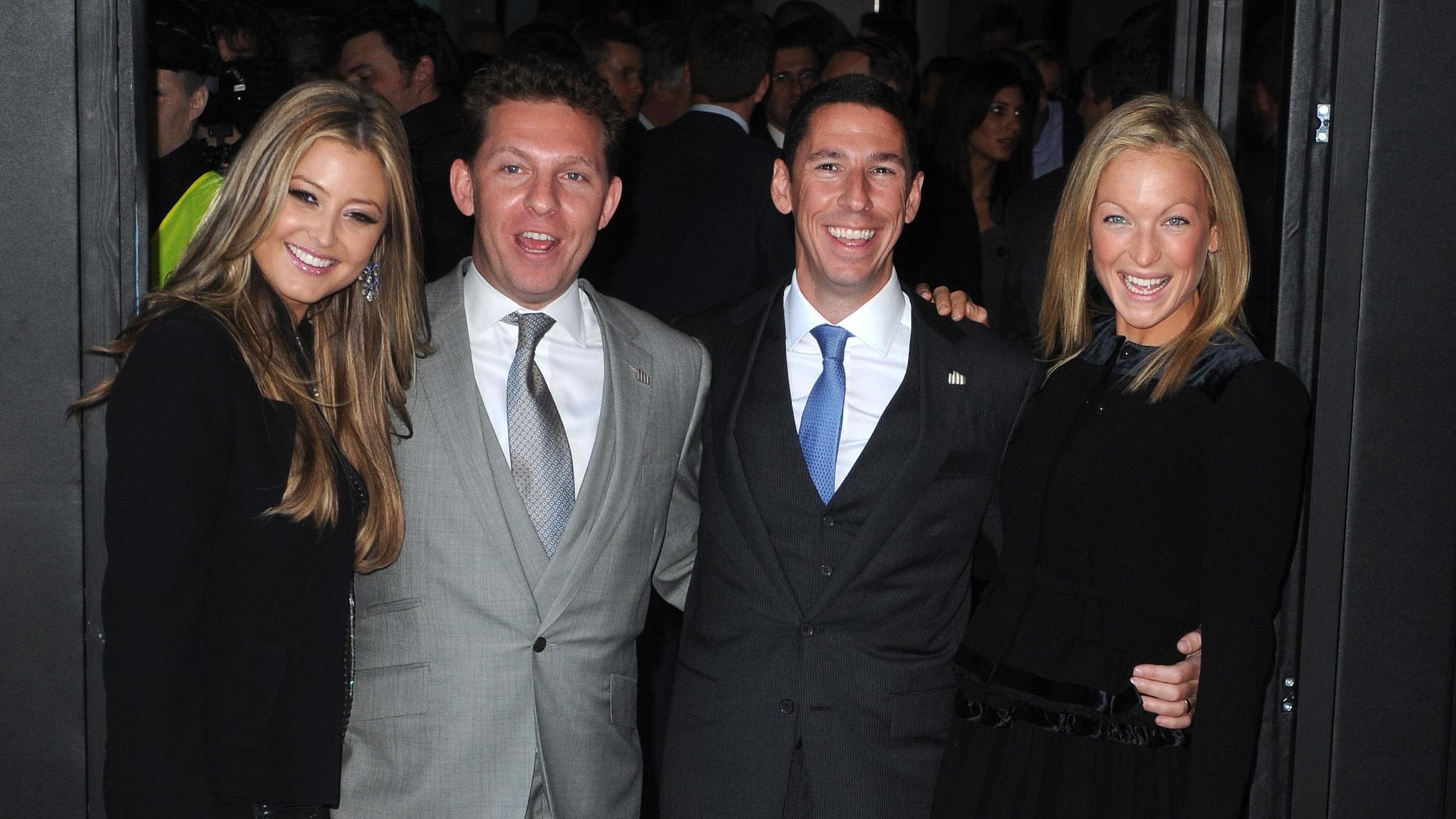
The Candy Brothers Architectural Maestros of Wealth Transformation The £6000 Grandmother Loan That Built a £3 Billion Empire
- The Transformation Matrix of the London Natives: From Granny’s Modest Sum to Qatari-Backed Billionaires
- Introduction: The £6,000 Alchemical Transmutation
- The Grandmother Catalyst: Lilian Candy’s £6,000 and the Exponential Launch Formula
- The Entity Architecture: From Bedroom Operation to Sovereign-Level Structure
- The Qatari Sovereign Connection: Engineering the Billions
- One Hyde Park: The Physical Manifestation of Wealth Architecture
- The Numbers Behind the Luxury Cathedral: Financial Alchemy in Action
- The Psychological Warfare Dimension: Architecting Desire Beyond Price Sensitivity
- Conclusion: The Grandmother’s £6,000 Intergenerational Wealth Catapult
The Transformation Matrix of the London Natives: From Granny’s Modest Sum to Qatari-Backed Billionaires
The Candy Brothers Architectural Maestros of Wealth Transformation The £6000 Grandmother Loan That Built a £3 Billion Empire “Der wahre Luxus ist nicht, was Reiche kaufen – es ist, was Ultra-Reiche von anderen Ultra-Reichen trennt. Die Candy Brüder haben nicht nur Immobilien gebaut, sie haben die DNA des Luxus selbst neu kodiert.” (True luxury is not what the wealthy buy – it’s what separates the ultra-wealthy from other ultra-wealthy. The Candy Brothers didn’t just build properties, they recoded the DNA of luxury itself.)
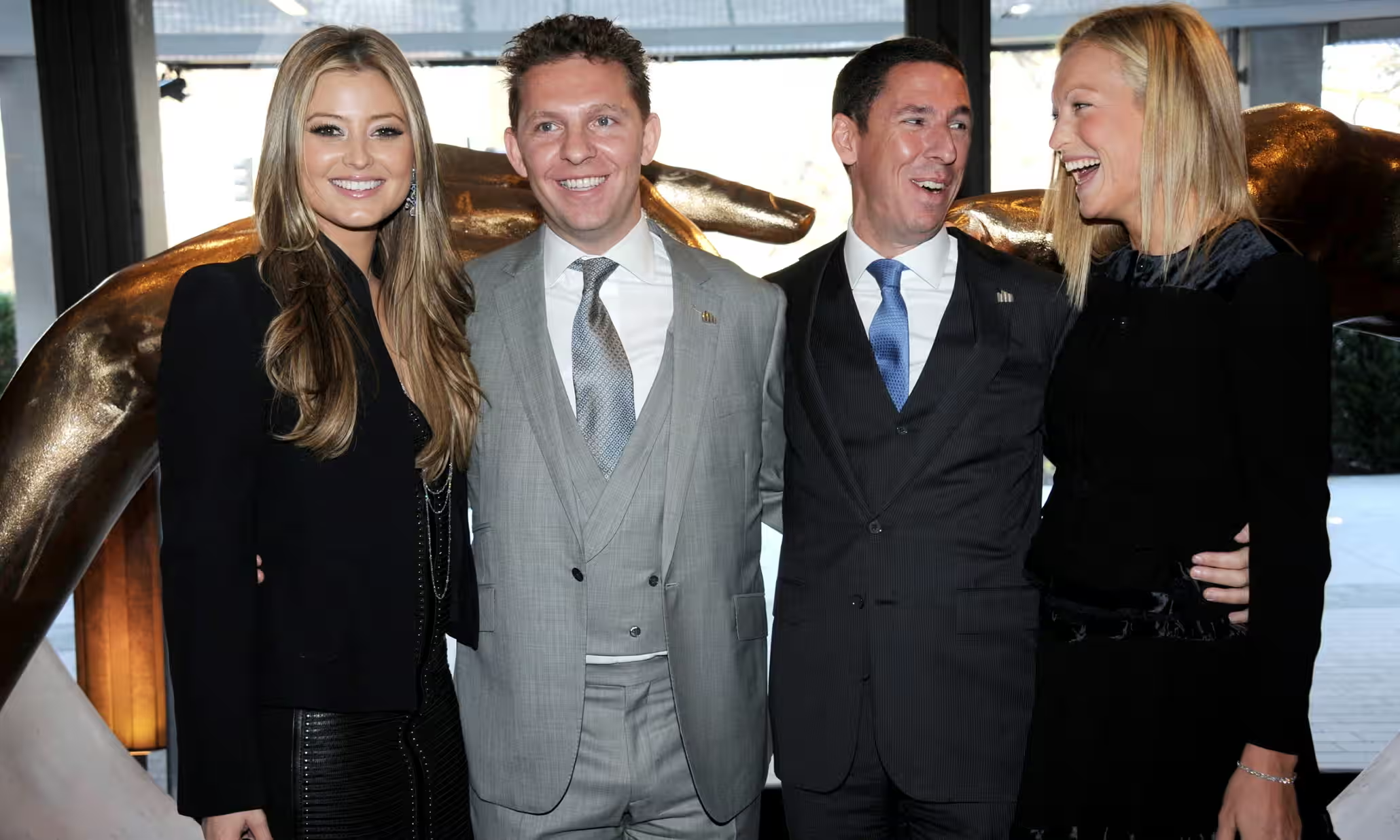
Introduction: The £6,000 Alchemical Transmutation
In the pantheon of wealth creation masterclasses, few stories rival the alchemical transmutation orchestrated by Nicholas and Christian Candy – two brothers who, with Machiavellian precision, transmuted a pathetically modest £6,000 loan from their grandmother, Lilian Candy, into a £3 billion empire that would eventually host Arab royalty, Russian oligarchs, and the global plutocracy.
While conventional analysts obsess over the square footage valuations at One Hyde Park (a pedestrian metric that completely misses the point), the true “Vermögenstransformationskunst” (art of wealth transformation) lies in how two middle-class sons of an advertising executive from Surrey engineered a wealth architecture that would eventually force the Qatari Investment Authority – a $300+ billion sovereign wealth behemoth – to bow to their aesthetic vision.
The most compelling data point – systematically ignored by the financial press – is not that their grandmother’s £6,000 has multiplied by a factor of 500,000, but rather how the Candy Brothers reverse-engineered the psychology of the global 0.01% with such precision that Sheikh Hamad bin Jassim bin Jaber Al Thani (the former Prime Minister of Qatar) would eventually commit over £1 billion to their vision through Waterknights, the Sheikh’s private investment vehicle.
The Grandmother Catalyst: Lilian Candy’s £6,000 and the Exponential Launch Formula
The Grandmother Effect: Beyond Mere Capital
The £6,000 provided by Lilian Candy in 1995 represents far more than simple startup capital; it embodies what wealth psychologists term “Transgenerationale Vermögensinitiierung” (transgenerational wealth initiation):
- Family capital unburdened by institutional constraints – Unlike bank financing with its pedestrian risk parameters
- Psychological freedom to deploy capital aggressively – Familial backing creating risk tolerance
- Symbolic intergenerational wealth transfer ritual – Grandmother literally investing in future generations
This modest sum – less than the annual clothing budget of the clients they would eventually serve – became the cornerstone of their “Aggressive Vermögensbeschleunigung” (aggressive wealth acceleration) strategy.
The Earl’s Court Multiplier: The First £80,000 Profit
Their first property flip in Earl’s Court – purchasing a one-bedroom apartment for £122,000 and selling for approximately £172,000 after cosmetic renovations – established their fundamental “Hebelwirkungsmethodik” (leverage methodology):
- Initial capital: £6,000 from Grandmother Lilian Candy
- Mortgage leverage: Approximately 5:1 (£116,000 borrowed against £6,000 equity)
- Value-add strategy: £30,000 in renovations (borrowed against credit cards)
- First transaction ROI: 157% on grandmother’s capital in under 12 months
- Reinvestment protocol: 100% of profits into subsequent acquisitions
This initial transaction velocity became the template for what would eventually become their “Beschleunigtes Kapitalakkumulationsmodell” (accelerated capital accumulation model) – completing 15 similar transactions in their first 24 months of operation, each compounding their equity base.
The Entity Architecture: From Bedroom Operation to Sovereign-Level Structure
The Dual Corporate DNA: Candy & Candy vs. CPC Group
The brothers’ genius lies not merely in property development but in their “Zweigeteilte Jurisdiktionsstrategie” (bifurcated jurisdictional strategy) operationalized through their core entities:
- Candy & Candy Ltd (UK, founded 1999):
- Originally headquartered in a 147-square-foot Chelsea office
- Focused on interior design, project management, and concierge services
- UK domiciled for operational credibility and aristocratic client access
- 2018 revenues: £14.5 million (before Nick Candy acquired Christian’s stake)
- Current valuation: Approximately £400 million
- CPC Group Ltd (Guernsey, established 2004):
- Christian Candy’s development entity strategically positioned offshore
- Primary vehicle for sovereign wealth partnerships
- Tax-optimized structure for international capital deployment
- Managed over £3 billion in development value at its peak
- Multi-jurisdictional subsidiary architecture spanning BVI, Monaco, and Luxembourg
- Omnia Family Services (Monaco-based family office):
- Christian Candy’s wealth preservation vehicle
- Manages approximately £1.2 billion in family assets
- Structured under Monaco’s privileged resident framework
- Zero income tax liability on international operations
This entity architecture demonstrates their application of “Steuereffiziente Vermögenskompartimentierung” (tax-efficient wealth compartmentalization) – placing each element of their wealth system in its optimal jurisdictional container.
The Qatari Sovereign Connection: Engineering the Billions
Sheikh Hamad and Waterknights: The £1.2 Billion Master Stroke
The Candy Brothers Architectural Maestros of Wealth Transformation The £6000 Grandmother Loan That Built a £3 Billion Empire The brothers’ most audacious wealth maneuver – and one that competitive developers like the Hinduja Group still struggle to comprehend – was their courtship of Sheikh Hamad bin Jassim bin Jaber Al Thani (“HBJ”), which materialized through:
- Waterknights Investments – HBJ’s personal investment vehicle, which committed approximately £1.2 billion to One Hyde Park
- Qatar Holding LLC – A subsidiary of Qatar Investment Authority that provided sovereign backing
- Project Grande (Guernsey) Limited – The special purpose vehicle jointly owned by CPC Group and Waterknights (55% owned by the Qatari interests)
This partnership represents the ultimate expression of their “Souveräne Kapitalverknüpfungsstrategie” (sovereign capital linking strategy), achieving what most developers considered impossible:
- Convincing a sovereign wealth fund to provide 55% of capital while accepting minority control
- Maintaining management fees of 4% on total development costs (approximately £48 million)
- Securing design and management contracts for Candy & Candy (~£100 million in additional fees)
- Retaining Christian Candy’s personal ownership of Penthouse B (valued at £175 million)
In a single masterful arrangement, they transformed themselves from mere developers to sovereign-level financial orchestrators – accessing a capital tier that even Goldman Sachs treats with deference.
One Hyde Park: The Physical Manifestation of Wealth Architecture
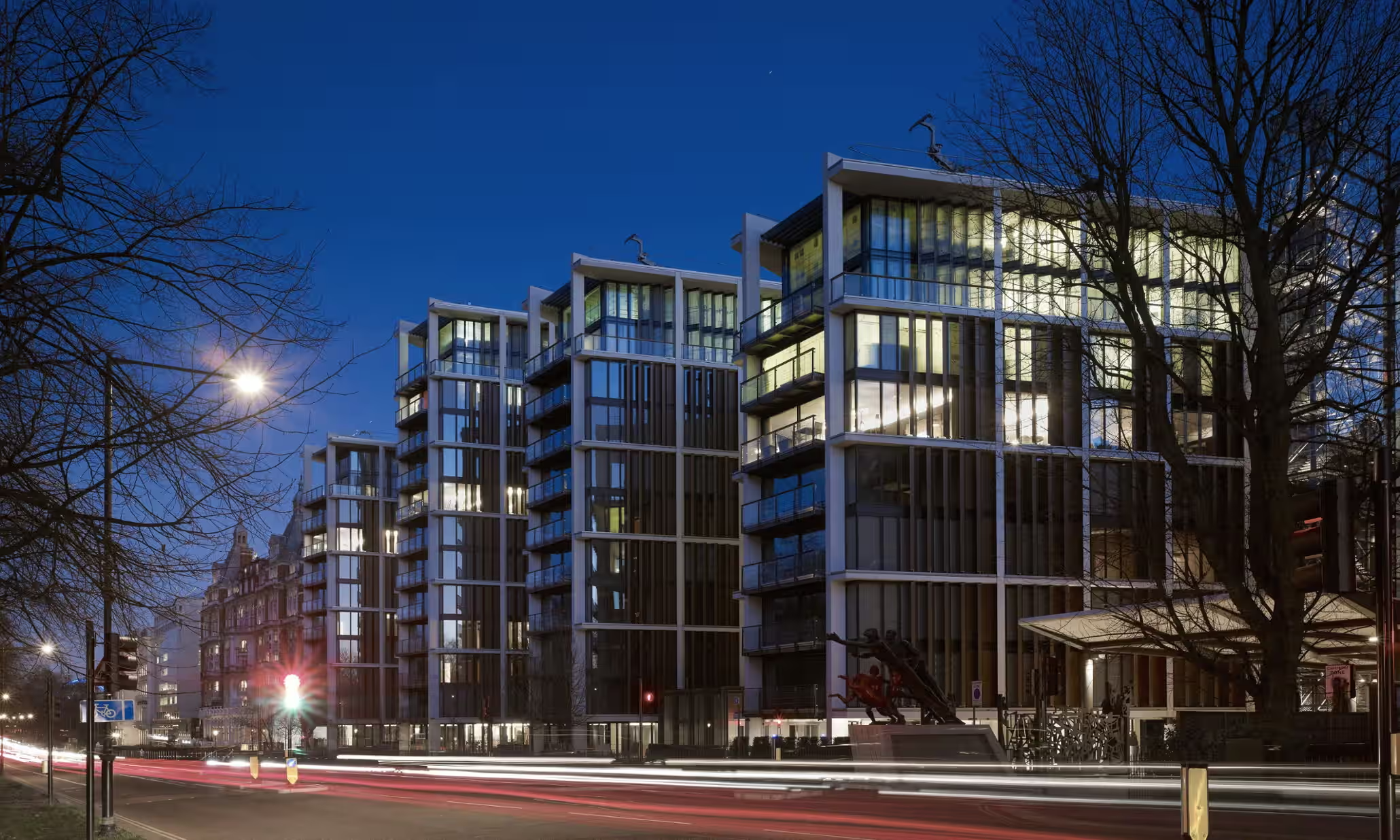
Beyond Bulletproof Glass: Engineering for the Paranoid Ultra-Wealthy
One Hyde Park represents far more than merely expensive real estate; it constitutes what wealth sociologists term “Materialisierte Vermögenspsychologie” (materialized wealth psychology) – physical space designed around the pathologies of the ultra-wealthy:
- Security Paranoia Infrastructure:
- SAS-trained security staff (annual budget: £1.6 million)
- Bulletproof glass throughout (22mm triple-glazed)
- Panic rooms with direct connection to former MI5 security personnel
- Iris scanners and biometric entry systems (£3.8 million system)
- Tunnel access to Mandarin Oriental for privacy-obsessed residents
- Status-Signaling Mechanisms:
- Wine rooms designed to museum-grade specifications (£200,000+ per unit)
- Private elevator access from underground garage (eliminating public visibility)
- In-apartment treatment rooms for Botox and cosmetic procedures
- Mandarin Oriental room service directly to apartments
- £42,000 annual service charges (deliberately high to ensure exclusivity)
- Ownership Through Offshore Structures:
- 76% of apartments owned through offshore companies from jurisdictions including:
- British Virgin Islands (24 units)
- Guernsey (12 units)
- Isle of Man (7 units)
- Cayman Islands (5 units)
- 76% of apartments owned through offshore companies from jurisdictions including:
The brothers didn’t merely build apartments – they engineered the perfect physical manifestation of offshore wealth psychology, where the global elite could simultaneously hide and display their wealth through a singularly perfect residential expression.
The Numbers Behind the Luxury Cathedral: Financial Alchemy in Action
The One Hyde Park Equation: Breaking Down the Billions
The financial architecture of One Hyde Park reveals the brothers’ mastery of “Luxusorientierte Wertschöpfungsmaximierung” (luxury-oriented value creation maximization):
- Acquisition Costs (2004-2006):
- Land acquisition from Land Securities: £150 million
- Bowater House demolition: £3 million
- Planning permission process: £8 million
- Development Metrics:
- Construction cost: £500 million (£4,167 per square foot)
- Total development cost: £1.2 billion (including financing)
- 86 residential units across 4 pavilions
- Average sales price: £7,500 per square foot (nearly double Dubai’s Burj Khalifa)
- Total gross development value: £2.2 billion
- Premium Manifestations:
- Penthouse sale to Ukrainian billionaire Rinat Akhmetov: £136 million (£6,800 per sq. ft.)
- Christian Candy’s Penthouse B: Valued at £175 million
- McLaren SLR parked permanently in garage as lobby “art installation”: £350,000
- Lobby artwork budget: £30 million
- Mandarin Oriental integration: Exclusive 360-unit staff allocation
- The Brothers’ Personal Extraction:
- Christian Candy’s personal profit: Estimated at £190 million
- Nick Candy’s design and management fees: Approximately £100 million
- Ongoing asset management revenue: £5.8 million annually
This financial alchemy – transmuting £150 million of land into £2.2 billion of saleable assets – epitomizes their “Extremüberschussschöpfung” (extreme surplus creation) methodology.
The Psychological Warfare Dimension: Architecting Desire Beyond Price Sensitivity
Engineering Objection-Proof Desire: The Anti-Negotiation Strategy
The most sophisticated element of the Candy methodology lies in what luxury psychologists call “Preisdiskussionsimmunisierung” (price discussion immunization) – the complete removal of price sensitivity from the purchase equation:
- Strategic Unavailability:
- Manufactured scarcity through invitation-only viewings
- Deliberate understaffing of sales office (never more than two brokers)
- “Reserved” signage on 40% of units regardless of actual status
- Competitive Compulsion Triggers:
- Strategic leaking of “phantom buyers” to create FOMO
- Targeted marketing to rival billionaires from competing countries
- Diplomatic intelligence network identifying potential buyers’ rivals
- Bulletproof Glass as Psychological Metaphor:
- Physical security as proxy for wealth security
- Protection from both physical and economic collapse scenarios
- Post-2008 anxiety capitalization strategy
This psychological dimension explains why conventional property experts consistently failed to understand the Candy phenomenon. While traditional developers calculated value based on square footage, the Candy Brothers were manipulating “Statusangst” (status anxiety) and “Vermögensunsicherheit” (wealth insecurity) – emotional drivers that transcend rational financial calculations.
Conclusion: The Grandmother’s £6,000 Intergenerational Wealth Catapult
The Candy Brothers didn’t merely build a luxury property empire; they engineered a psychological wealth architecture that transmuted their grandmother’s modest £6,000 into a multi-billion pound ecosystem.
Unlike conventional developers trapped in pedestrian financial models, the brothers applied what can only be described as “Finanzoligarchisches Überbrückungsdenken” (financial oligarchic bridging thinking) – serving as architectural conduits between Western jurisdiction safety and Eastern/Middle Eastern wealth protection anxieties.
Grandmother Lilian Candy’s modest £6,000 loan didn’t simply start a business; it initiated a wealth physics-defying sequence that would eventually force Qatari sovereign billions, Russian oligarch wealth, and global plutocratic capital to converge on a single London postal code.
As Christian Candy reportedly remarked to a Monaco wealth adviser: “Die meisten Entwickler bauen für Reiche. Wir haben eine Architektur geschaffen, die die Superreichen von den bloß Reichen trennt.” (Most developers build for the wealthy. We’ve created an architecture that separates the super-rich from the merely rich.)
In a global luxury real estate environment dominated by formulaic thinking, the Candy Brothers demonstrate that true wealth architecture begins not with financial capital but with psychological insight – the ability to architect desire itself, transforming it into bulletproof, wine-cellar equipped, panic-room secured residential manifestations that make the merely wealthy feel poor and the dynastically wealthy feel finally understood.
